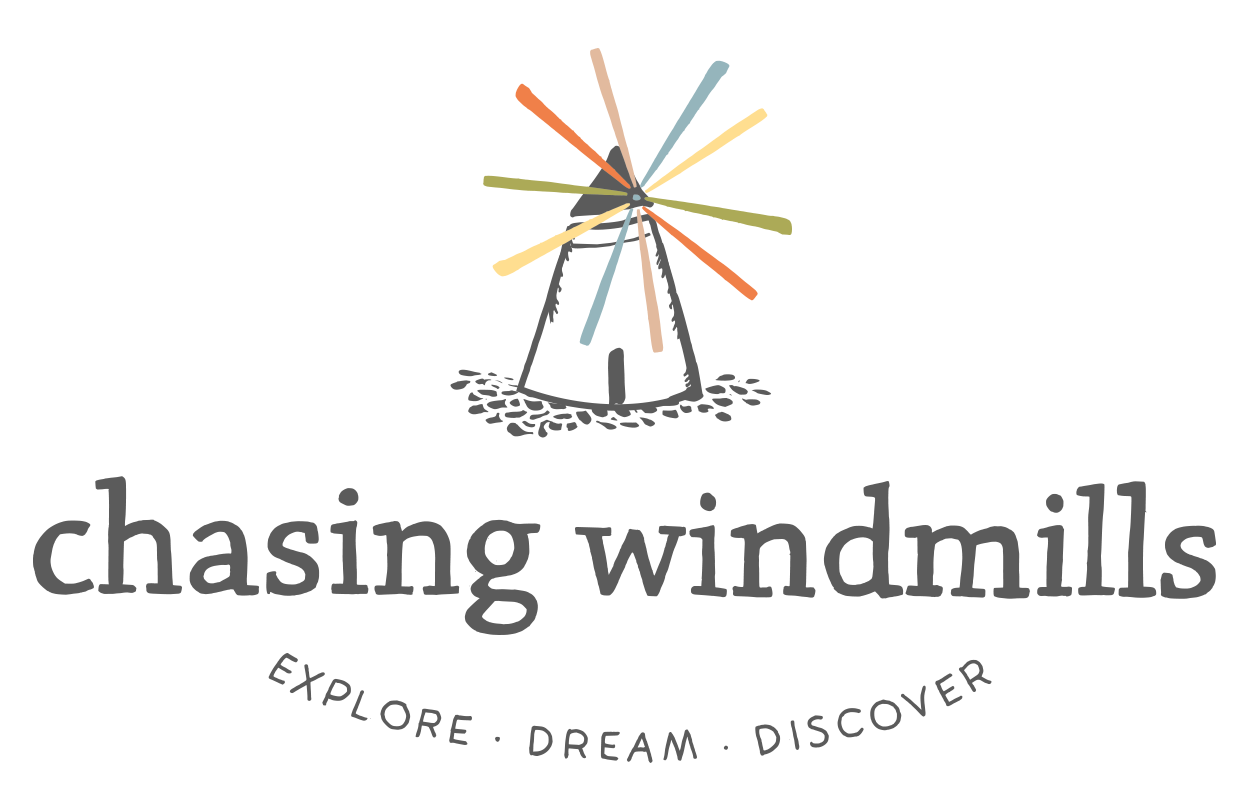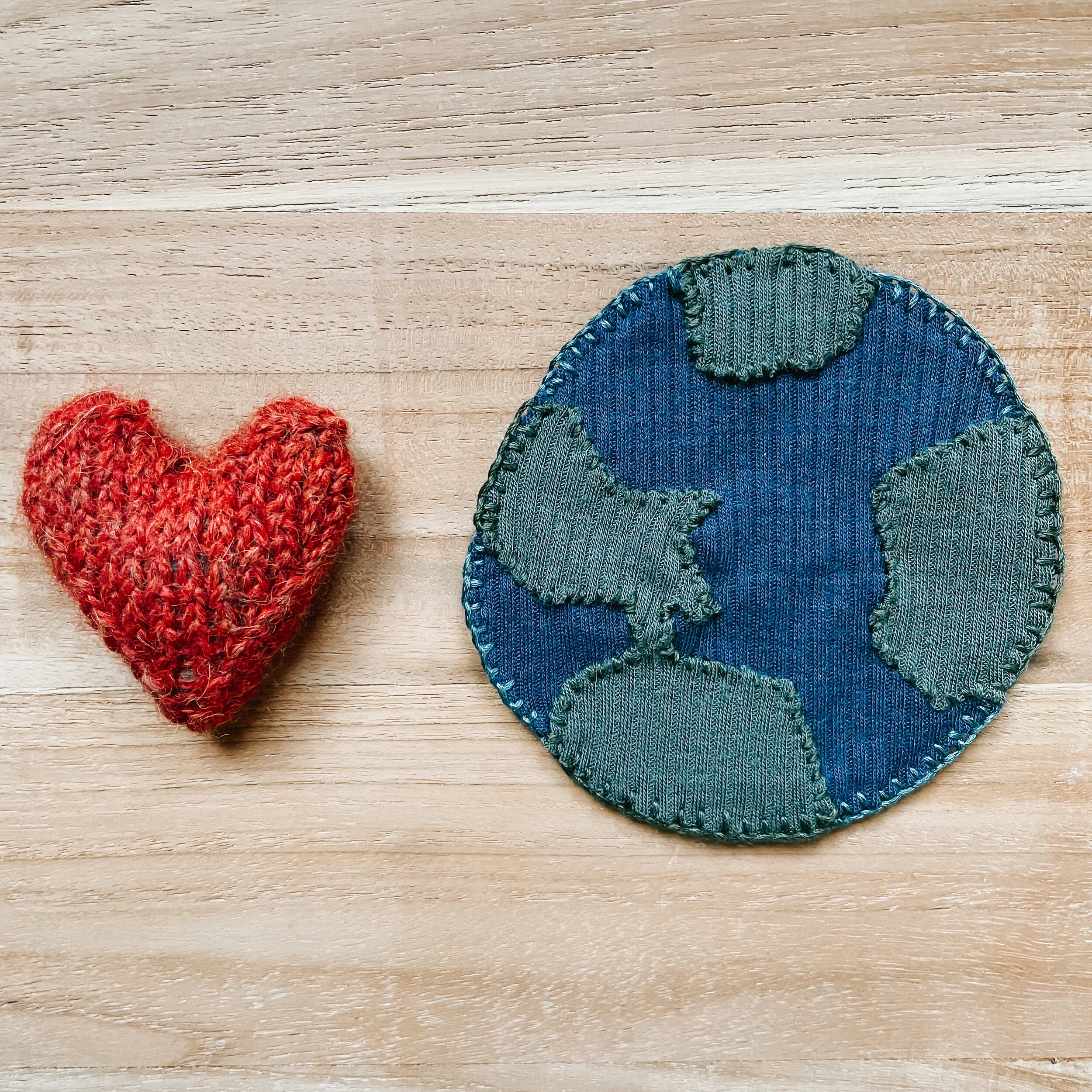“The first step to creating the change we need is imagining that it’s possible.” - Eric Holthaus
For too many Earth Days, we’ve tinkered around the margins of possibility. We’ve pledged to recycle a bit more, drive a bit less, and consume a bit better. And, truth be told, all those bits add up and make a real difference.
But what if we could go further? What if we could dramatically remake our day-to-day lives to create a world that is more sustainable, more just, and more equitable? What if a more beautiful world awaits if only we have the vision to see it?
In 2020, two books pushed us to rethink possibility, consider the role we play in Earth’s unfolding story, and inspired us to think and dream bigger: Eric Holthaus’ The Future Earth: A Radical Vision for What’s Possible in the Age of Warming & Hope Jahren’s The Story of More: How We Got to Climate Change and Where We Go From Here.
Holthaus doesn’t flinch at the hard truths — the environmental degradation and the human suffering caused by climate change inaction — but he offers an optimistic peek at a future where we’ve collectively met these challenges. In doing so, he places each of us at the center of this drama: “Our lives and actions may be temporary and imperfect, but by accepting our tiny place in the world, we unlock a deeper way of being. And we help to bring about a future that will be unimaginably better for everyone.”
What we do matters for ourselves and future generations: “By our daily actions, we are changing the living conditions for the next generations—for better or for worse. The implications of that knowledge could inspire a whole new understanding of what it means to be alive on this planet.”
While Holthaus challenges us to reimagine our collective responsibility in creating a more sustainable and just future, Hope Jahren offers a simple yet profound prescription for the present: consume less, share more.
Like most books on climate, The Story of More is a difficult read — emotionally and intellectually as we ponder the plight of our living planet. But books like The Story of More push us readers, us citizens of the world, to confront an additional challenge: our own patterns of consumption.
To be an ally of life on Earth, we must both consume better and consume less. Humanity suffers from want and excess, the provision of too little and too much. This imbalance is both a cause and symptom of climate change.
For those of us who are lucky enough to have enough — shelter, food, and security — the message of “consume better” is easy to take. And, as a small brand, as parents, as lovers of the natural world, we of course embrace the mantra of consuming better.
It’s why we 100% subsidize our electricity to ensure an equal amount of renewable wind power is brought online. It’s why we 100% offset the carbon footprint of shipping our merino goods around the world with an investment in carbon capture and renewable energy projects. It’s why we partner with merino ranchers who nurture biodiverse soils capable of sequestering greenhouse gases. It’s why we source our 100% recycled and recyclable mailers from a Colorado company dedicated to changing the way our country packages and ships. It’s why we salvage all of our usable scraps. It’s why we encourage mending of worn wear instead of adding them to the trash pile.
It’s why, it’s why, it’s why.
And yet, consuming better is only part of the solution. We cannot forget the second half of the equation: consuming less and sharing more. Our future depends upon it.
* * *
A few other books that inspire us, challenge us, and push us to reconsider our place in this natural world include:
* The Blue Zones of Happiness: Lessons from the World’s Happiest People, by Dan Buettner. National Geographic’s Dan Buettner has traveled the world (from Denmark to Costa Rica to Singapore to the U.S.) to study the habits and secrets of happy long-living populations. Buettner provides an inspiring blueprint for how we can organize our lives, our neighborhoods, and our daily activities to find pleasure, purpose, and pride (the three “P’s” of happiness).
* Free to Learn: Why Unleashing the Instinct to Play Will Make Our Children Happier, More Self-Reliant, and Better Students for Life, by Peter Gray. This book is probably JP’s favorite parenting book. Peppered with personal anecdotes, scientific observations, and even evolutionary biology, Gray’s book pulls at the heart strings while bringing intellectual rigor to the very simple, human, and necessary act of play!
* In Defense of Food: An Eater’s Manifesto, by Michael Pollan. We love food — not just the necessity of its nourishment, but everything else that comes with it. A gathered table surrounded by friends and family. Its daily rhythms and pauses. Its pleasure and anticipation. And we thank Pollan for being a guide on much of our food journeys.
* The Last Empty Places: A Past and Present Journey Through the Blank Spots on the American Map, by Peter Stark. In some ways, Stark is the latest in a long list of nature writers inspired by the words of Thoreau and Muir. In this book, which is equal parts environmental philosophy and exploration, Stark sets off with his family to explore the “empty places” in the US — natural and untouched wonders from Maine to New Mexico to Oregon.
* The Uninhabitable Earth, by David Wallace-Wells. Wallace-Wells' book just may have been the most important and most difficult book JP has read in a long time. It is a window into the devastating human, economic, and environmental cost of climate change—not just in the distant future but today.
* Last Child in the Woods, by Richard Louv. This book is both an emotional and scientific plea to let kids be outside! As strange as it seems that nature needs an advocate, Louv is that person. By letting our kids immerse themselves in nature at a granular level, they learn to become stewards of the Earth—not to mention that it promotes their physical and mental health too!
* How to Raise a Wild Child: The Art and Science of Falling In Love with Nature, by Scott D. Sampson. Written by a paleontologist with a passion for inspiring families to explore nature, How to Raise a Wild Child laments the fact that most children can identify more corporate logos than plants! Likening children outside to playful scientists, Sampson shows how nature is an invaluable teacher for our children.

